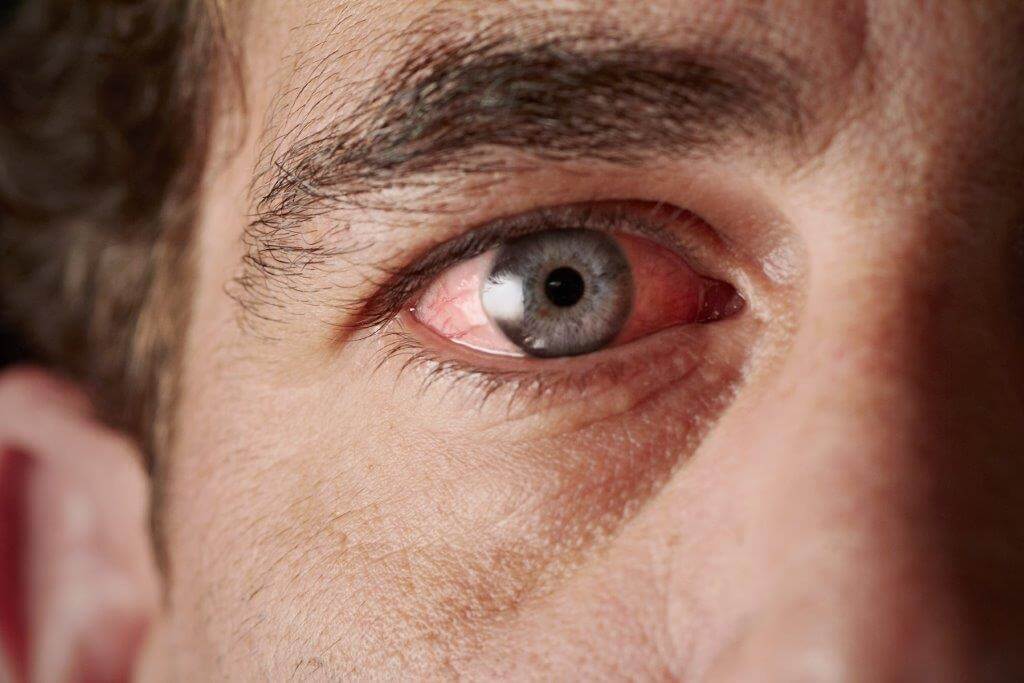Posted by: Metrolina Eye Associates in Uncategorized

There are a variety of underlying causes for different types of inflammation in the eye. Inflammation can take place in any part of the eye from the front (conjunctiva and sclera), the middle (the uvea), to the back (the retina).
 The ways to classify ocular inflammation are according to which part of the eye is affected. Episcleritis and scleritis affect the front portion of the eye. Symptoms are redness, watering, and eye pain. Anterior uveitis also known as iritis, has symptoms of redness, eye pain, and light sensitivity. Another type of ocular inflammation is intermediate uveitis also known as vitritis and affects the middle portion of the eye. Main symptoms of this are blurred vision and floating spots. Inflammation that affects the back of the eye is called posterior uveitis and retinal vasculitis.
The ways to classify ocular inflammation are according to which part of the eye is affected. Episcleritis and scleritis affect the front portion of the eye. Symptoms are redness, watering, and eye pain. Anterior uveitis also known as iritis, has symptoms of redness, eye pain, and light sensitivity. Another type of ocular inflammation is intermediate uveitis also known as vitritis and affects the middle portion of the eye. Main symptoms of this are blurred vision and floating spots. Inflammation that affects the back of the eye is called posterior uveitis and retinal vasculitis.
The main symptoms for these are also blurred vision and floaters.
When a patient has any of these symptoms it is very important to be seen by an eye doctor to determine if inflammation is the cause. A dilated eye exam is usually necessary to diagnose and treat these conditions.
Ocular inflammation can be seen in many conditions in the front of the eye such as dry eye syndrome with superficial keratitis, meibomianitis and blepharitis, and ocular allergies. Common treatments include steriod drops and topical steriord creams to manage these conditions.
There are many diseases and underlying conditions that cause inflammation of middle to back portion of the eye. Some examples are
– Lymphoma
– Behcets disease
– Rheumatoid Arthritis
– Lyme disease
– Crohns disease
– Sarcoidosis
– Reiters syndrome or reactive arthritis
– Inflammatory Bowel disease
– Syphilis
– Tuberculosis
– Cytomegalovirus
If a patient has recurrent episcleritis or has any middle to posterior uveitis, a blood work up should be completed to determine which disease process is causing the inflammation. Examples of blood tests for this are:
– RPR, VDRL (syphilis)
– chest x ray (sarcoidosis and tuberculosis)
– PPD (Tuberculosis)
– Lyme Titer, Eliza ( Lyme)
– ESR, CRP
– HLA B 27 ( Reiters syndrome, ankylosing spondylitis, inflammatory bowel disease)
– FTA- ABS (syphilis)
– ANA
Behcets disease consists of painful oral ulcers, skin lesions and eye lesions. Systemic manifestations can include arthritis and central nervous system disease. This usually affects those age 20-40 especially Middle eastern decent. Patients with this disease are usually referred to a specialist for immunosuppressive therapy.
Sarcoidosis can consist of iris nodules, dry eyes, mutton fat precipitates on the cornea, facial nerve palsy, and arthritis just to name a few. Treatment consists of referring the patient to an internist or pulmonologist for systemic evaluation and management.
Cytomegalovirus is commonly seen in those with AIDS. The patients CD 4 count is low and they are immunocompromised. Areas of the retina can have necrosis, hemorrhages and atrophy. Treatment consists of antivirals and referral to a specialist.
If you have any of these symptoms or already have these conditions, please call Metrolina eye to schedule an eye examination today.
